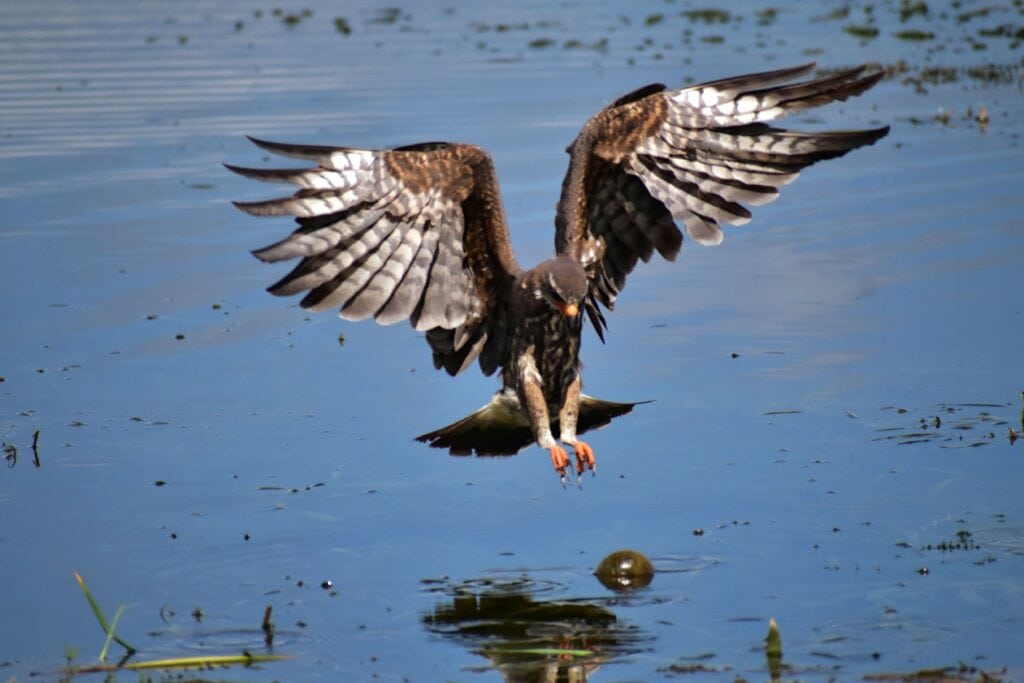Invasive species are often the bane of conservation groups. In New Zealand, for example, there are no native land mammals, excluding bats. This means that when rats, cats, weasels, and other non-native mammals were introduced in New Zealand, many bird species were decimated by these new predators which they were not equipped to handle. Invasive species are often uniquely able to take advantage of unfilled ecological niches, and in doing so can out-compete or predate native wildlife. Of course, there are occasional examples of non-native species that settle into a new location without seemingly causing major harm or distress to the original habitat. Even more fascinating, though, are cases wherein the so-called “invasive” species becomes useful or even necessary within its new habitat. For example, some non-native plants serve as important nesting habitats for endangered California shorebirds.
Related Article: Portland Audubon Becomes Most Recent Audubon Group to Drop Audubon Name
One such case of this particularly interesting “invasive” dynamic has arisen within the delicate ecosystem of the Florida Everglades. The snail kite is an extremely specialized bird of prey which glides over the Everglades in search of large freshwater snails. For the most part, snail kites feed upon a type of snail called the “apple snail.” But, in the early 2000s, a series of severe droughts in the Everglades caused a sharp decline in apple snails. The result of this was that, by 2009, a flourishing population of snail kites was reduced to as few as 700 individual birds. Enter a new kind of apple snail. Unlike the apple snail which was native to the Everglades, the invasive island apple snail was first found in the Everglades in 2004.
At first, the appearance of the island apple snail was a major cause for concern amongst those monitoring the conservation status of the snail kite. One major item of concern was the fact that the island apple snail was significantly larger in size than the local apple snails to which the snail kites were accustomed. It was feared, initially, that island apple snails would outcompete the local snails, eliminating a key food source for snail kites, without filling that niche themselves thanks to their size. It was found, however, that snail kite populations began to sharply improve as island apple snail populations skyrocketed. Despite being as much as five times the size of their preferred prey, snail kites have managed to adapt to and thrive on this new food source. In fact, current numbers for snail kites indicate that the population has bounced back to at least 3,000 birds, this is close to the original population numbers before the series of droughts which threatened them. Their current conservation status is listed as “Low Concern.”
It is obviously a good thing that snail kites have managed to bounce back. Everglades conservation groups warn, however, that the full effects of widespread invasive species are difficult to foresee. So long as the island apple snail thrives in the Everglades, recovering local snail populations will remain a major challenge. With an ecosystem as delicate, precarious, and rich with biodiversity as the Florida Everglades, accepting the reign of an invader may cause unforeseen harm.
Popular Article: White House Considering Vaccinating Poultry as Bird Flu Concerns Mount

